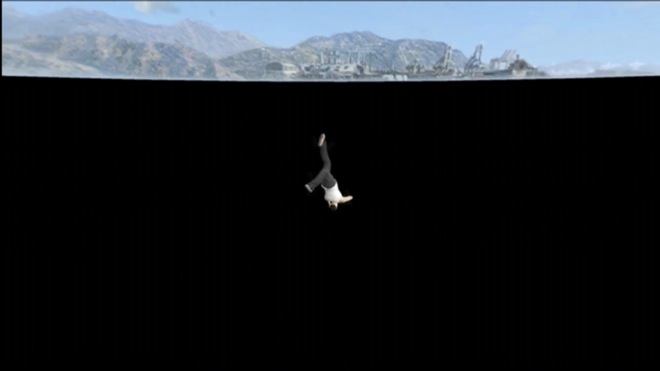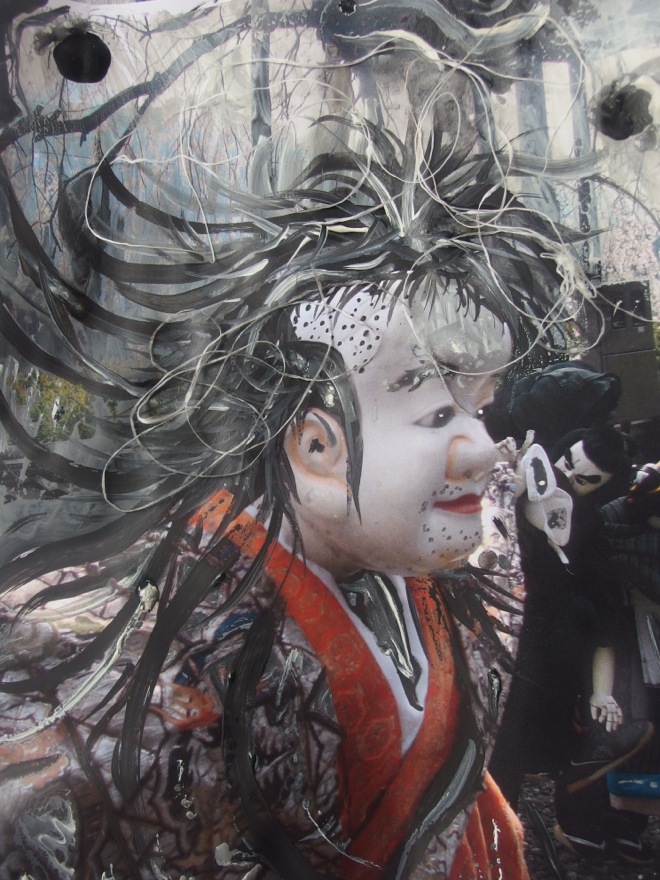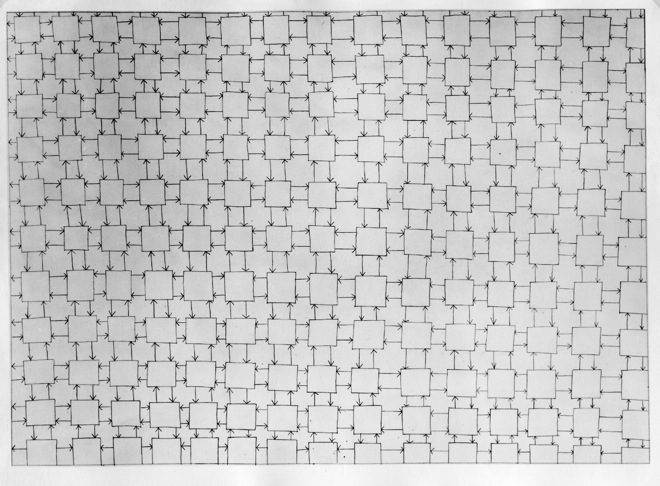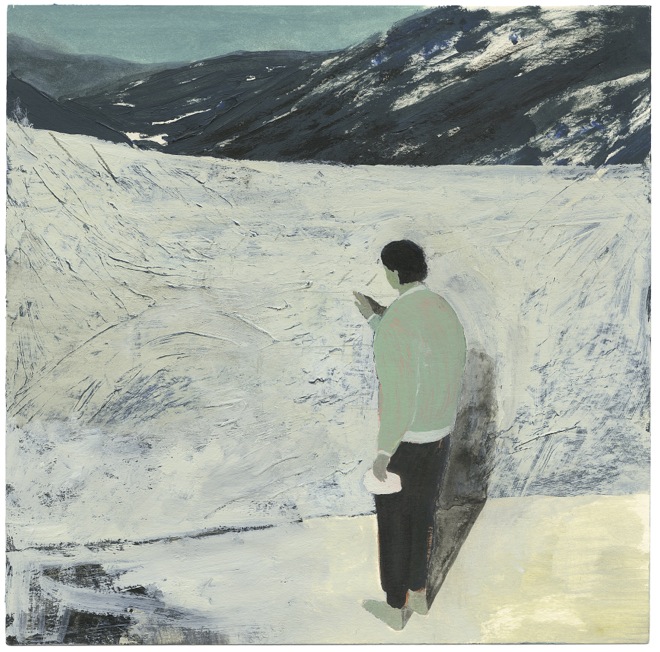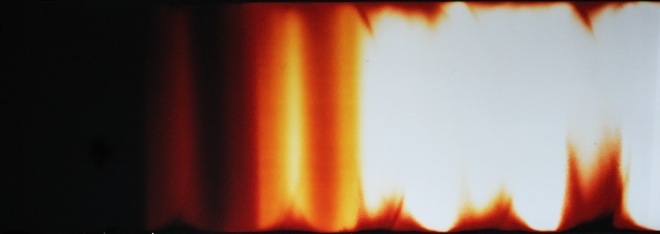[Fiction] is the one and only way to transcend worldly life…Since we are in contact with fiction everyday, its quality affects us just as the air we breathe and the food we eat; if the air is polluted or the food contaminated, those who live in this environment will certainly languish, fall sick, meet with tragic death, or fall into moral degeneration.
Liang Qichao, On the Relationship between Fiction and the Governance of the People (1902)
In 2014, for the second time, China’s foremost state-run institution of contemporary art – Power Station of Art – hosts the Shanghai Biennale, in its converted power plant space.
Entitled “Social Factory”, the 10th Biennale asks what characterizes the production of the social, and how “social facts” are constituted. A recurring point of reference is the year 1978, acknowledged as a turning point in the recent history of modernity. 1978 was also the year in which Deng Xiaoping, who was to become China’s Paramount Leader until his death in 1997, initiated his landmark socio-economic Reform and Opening, re-invoking Mao Zedong’s 1938 exhortation to “seek truth from facts”—a practice that sought to separate accounts of objective reality from subjective imagination. “Social Factory” contrasts this principle with the call to use fiction as a means of social reform, made by earlier seminal Chinese modernizers, like the scholar and journalist Liang Qichao, and China’s seminal social critic and writer Lu Xun, who wrote The Story of Ah Q, Diary of a Madman, etc.
In this vein, the Biennale explores an interlocking set of questions: What is the relationship between the social and the fictive in the construction and re-construction of society? How has the production of the social changed throughout 20th century modernity? Has the production of the social entered a new phase with the massive influx of “sociometric” technologies, the extraction of data and digital profiling, and the increasing automatization of social processes in algorithms? And does China’s pre-modern history of social systematization through an unparalleled bureaucratic machinery and archiving capabilities echo in the country’s current processes of social fabrication? How can we grasp the simultaneous impact of history and that of technology on subjectification today? And how does the general process of acceleration and diversification of subjectification play out in the case of China and its current era of social reconstruction?
The “social” is produced by developing the human capacity to relate, through care, affection, and education. The process encompasses the creation of symbols, abstract images and conceptual generalizations, which goes hand in hand with the formation of institutions and material culture. It also includes the constitution of a particular economy of signs, their “animated”and ambiguous relations to functions, meanings, and things. Due to this complex genealogy, “social facts”can never be entirely known; they remain partially implicit, situated between the actual and the potential.
In modernity, this ambiguity of the social, and the possibility to plan and engineer society that hinges on it, has been a matter of ongoing contestation. Bureaucratic procedures, surveys, statistics, and concepts of identity, have variously sought to reduce the complexity of the “social hieroglyph” (James C. Scott), in order to separate the meaningful from the meaningless, or legible “signals” from “noise.” Drawing on both contemporary and historical works, as well as music and cinema, the 10th Shanghai Biennale presents art works that call such separation, and its historical productivity, into question.
Social Factory: the 10th Shanghai Biennale is curated by Anselm Franke.
PARTICIPATING ARTISTS
Peter Ablinger / Lawrence Abu Hamdan / Carlos Amorales / Edgar Arceneaux / Art & Language / Adam Avikainen / Ashish Avikunthak / Martin Beck / Neil Beloufa / KP Brehmer / Nicholas Bussmann / CAMP (Shaina Anand and Ashok Sukumaran) / Lucien Castaing-Taylor and Verena Paravel / Oliver Chanarin & Adam Broomberg / Chang Saetang / Musquiqui Chihying / Chen Chieh-jen / Yin-Ju Chen / Gendun Chopel / Tyler Coburn / Joseph Cornell / Peter Dobai / Aleksandra Domanović / Harun Farocki / Peter Friedl / Gao Shiqiang / Tibor Hajas / He Xiangyu / Ho Tzu Nyen / Hou Chun-Ming / Hu Liu / Huang Mingchuan / Huang Ran / Wenhai Huang / Ken Jacobs / Ji Yun-Fei / Shambhavi Kaul / Sakai Ko and Hamaguichi Ryusuke / Jutta Koether / Firenze Lai / Louis Lawler / Armin Linke / Li Xiao-Fei / Li Xiu-Qing / Liu Ding / Jen Liu / Liu Chuang / Sharon Lockhart / Loretta Mahrenholz / Daria Martin / Adrian Melis / Nadia Myre / Pak Sheung Chuen / Willem de Rooij / Natascha Sadr Haghighian / J.P Sniadecki Libbie Dina Cohn / Song Ta / Susan Shuppli / Aung Soe / Erik Steinbrecher / Sun Xun / Sun Yat-sen Project & Yuan Wen-Shan / Ten Miles Inn / Suzanne Treister / Mona Vatamanu and Florin Tudor / Anton Vidokle / Wang Bing / Wang Zi-Yue / Stephen Willats / Ming Wong / Xu Tan / Yan Jun / Trevor Yeung / Yu Cheng-Ta / Zhao Liang / Zheng Guogu / Zhou Tao / Woodcut section with Zhao Yannian

Peter Friedl, “The Dramatist (Black Hamlet, Crazy Henry, Giulia, Toussaint)”, Wood, metal, fabric, leather, glass, hair, straw, oil paint, nylon strings, Dimensions variable, 2013

Ming Wong in collaboration with Thomas Tsang Dehow projects, “Windows on the world”, mixed media installation 1, 2014




